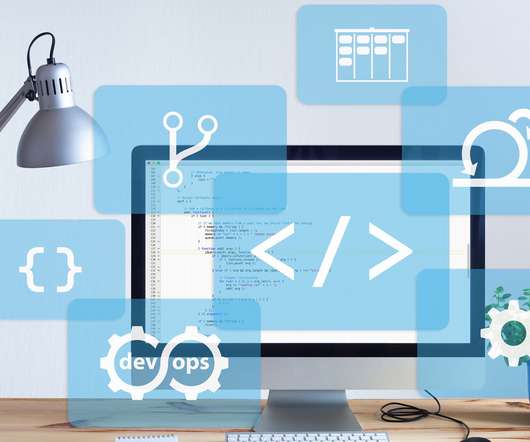Software Outsourcing: Why CEOs Love It
Gorilla Logic
MAY 19, 2021
Create value from the Internet of Things (IoT) and connected enterprise. In short, CEOs are looking at however and wherever technology can be used to deliver continuous value that creates advantage and grows the business. Some of the most common include cloud, IoT, big data, AI/ML, mobile, and more.
















Let's personalize your content